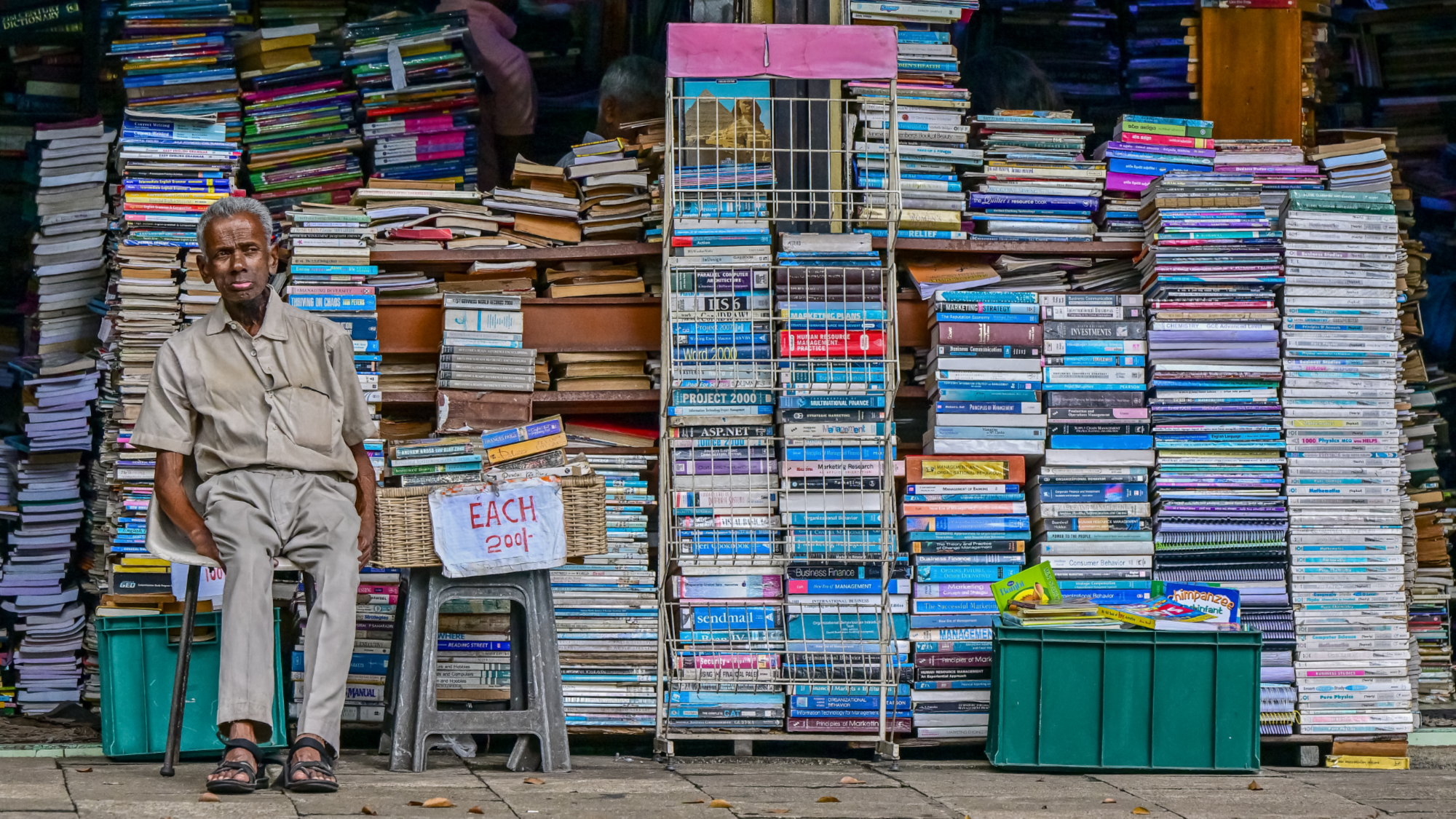
Sri Lanka's consumer price inflation dropped to minus 1.7 percent year-on-year in November after easing to minus 0.7 percent in October, official data showed on Monday, as the country posted a strong rebound from its worst financial crisis in decades.
The National Consumer Price Index captures broad retail price inflation and is released with a lag of 21 days every month.
Prices in the food category slipped to 0.0 percent in November from 1.3 percent in October. In the non-food category, prices changed to minus 3.1 percent on the month from minus 2.3 percent in October.
READ MORE: Sri Lanka raises rates to 21-year high to contain inflation
Reductions in power tariffs and fuel prices as well as an appreciating rupee have helped to reduce inflation to the lowest point in nine years, analysts said.
"We are likely to see inflation remain at these levels for the first two months of 2025," said Shehan Cooray, head of research at Acuity Stockbrokers.
"But if there is foreign exchange pressure from a resumption of vehicle imports then we may see inflation increase gradually but unlikely it will be above 4 percent."
Sri Lanka suffered record inflation after its worst financial crisis in decades triggered by a record fall in dollar reserves pummeled the economy in 2022.
READ MORE: Sri Lanka surprises with 250 bps rate cut, signals recovery
The island nation has stabilized since it secured a $2.9-billion bailout from the International Monetary Fund (IMF) in March 2023.
Taking advantage of low inflation, Sri Lanka's central bank set a new single policy rate of 8 percent last month, easing monetary settings below previously used benchmarks and setting the stage for a sustained recovery from the crisis.
Sri Lanka's economy is expected to grow by 4.5-5 percent in 2024, slightly above the World Bank's estimate of 4.4 percent, central bank data showed.


